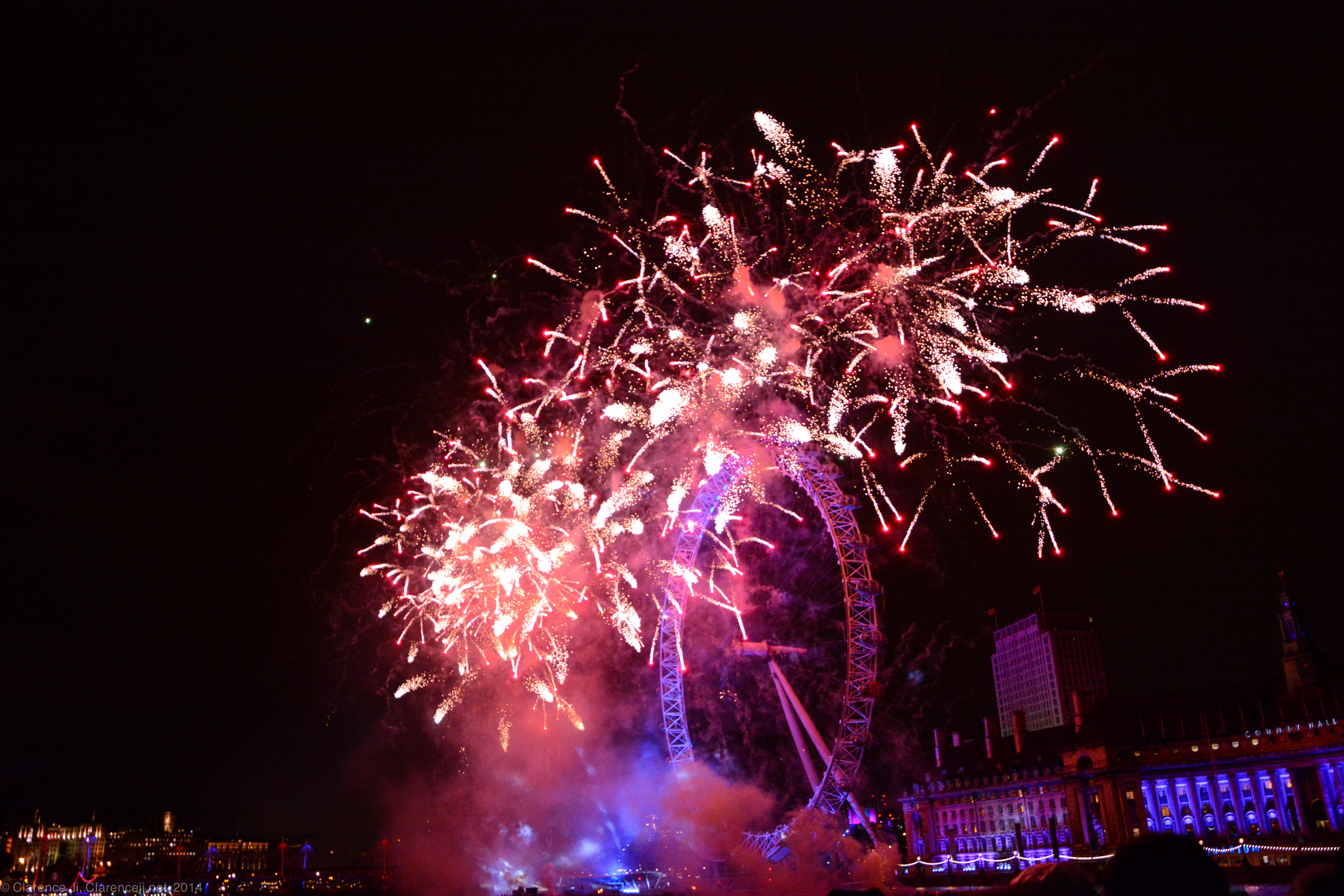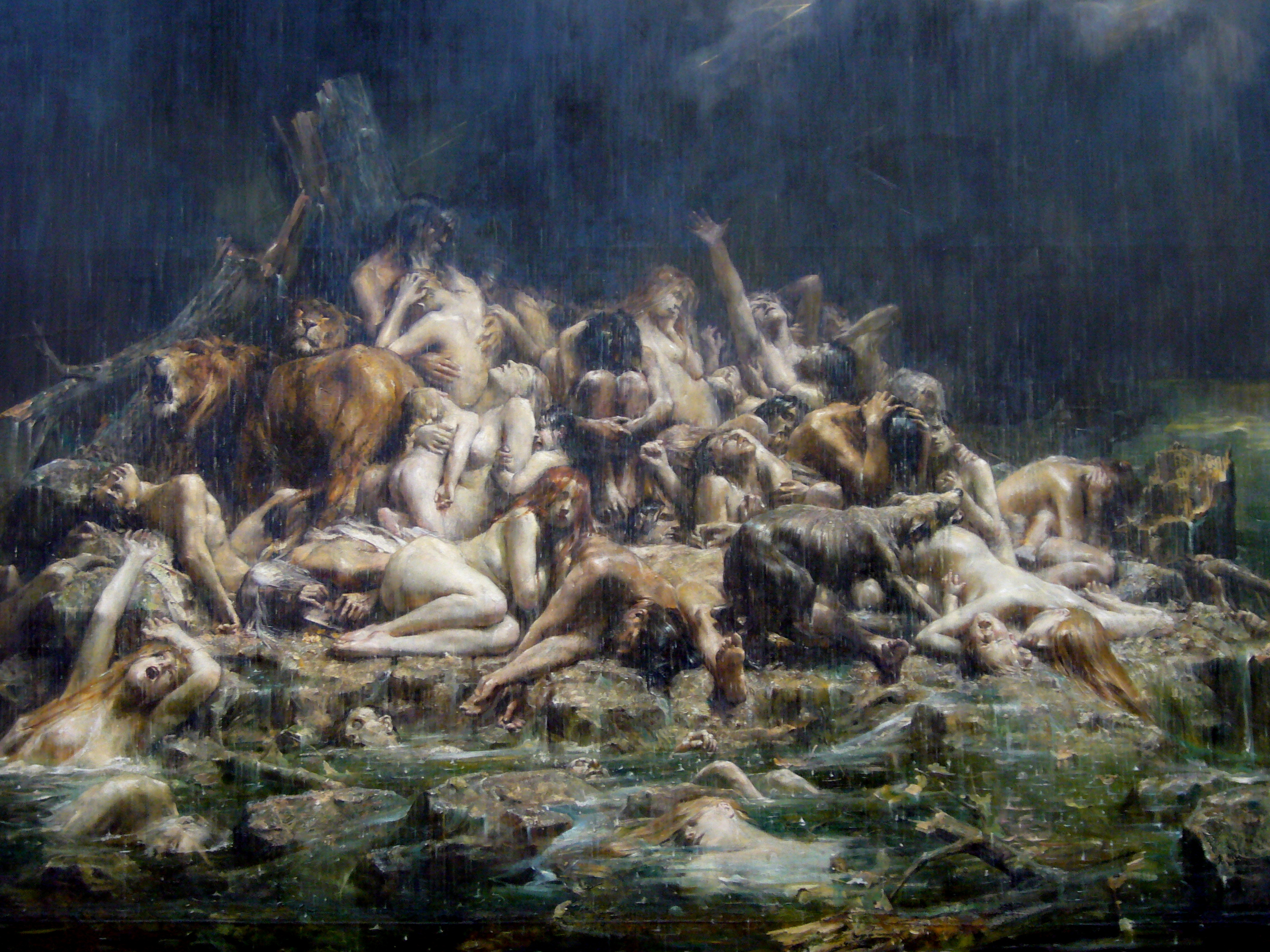|
April Fools
April Fools' Day or All Fools' Day is an annual custom on 1 April consisting of practical jokes and hoaxes. Jokesters often expose their actions by shouting "April Fools!" at the recipient. Mass media can be involved in these pranks, which may be revealed as such the following day. The custom of setting aside a day for playing harmless pranks upon one's neighbour has been relatively common in the world historically. Origins Although the origins of April Fools’ is unknown, there are many theories surrounding it. A disputed association between 1 April and foolishness is in Geoffrey Chaucer's ''The Canterbury Tales'' (1392). In the " Nun's Priest's Tale", a vain cock Chauntecleer is tricked by a fox on "Since March began thirty days and two," i.e. 32 days since March began, which is 1 April. However, it is not clear that Chaucer was referencing 1 April since the text of the "Nun's Priest's Tale" also states that the story takes place on the day when the sun is "in the sign of ... [...More Info...] [...Related Items...] OR: [Wikipedia] [Google] [Baidu] |
Capture Of Brielle
The Capture of Brielle by the ''Geuzen, Watergeuzen'', on 1 April 1572 marked a turning point in the uprising of the Seventeen Provinces, Low Countries against Spain in the Eighty Years' War. Militarily the success was minor as the port of Brielle was undefended, but it provided the first foothold on land for the rebels at a time when the rebellion was all but crushed, and it offered the sign for a new revolt throughout the Netherlands which led to the formation of the Dutch Republic. Overview The ''Watergeuzen'' were led by William van der Marck, Lord of Lumey,Elliot, p. 139 and by two of his captains, Willem Bloys van Treslong and Lenaert Jansz de Graeff. After they were expelled from England by Elizabeth I, they needed a place to shelter their 25 ships. As they sailed towards Brielle, they were surprised to find out that the Spanish garrison had left in order to deal with trouble in Utrecht (city), Utrecht. On the evening of April 1, the 600 men sacked the undefended port. As ... [...More Info...] [...Related Items...] OR: [Wikipedia] [Google] [Baidu] |
Copenhagen Metro
The Copenhagen Metro ( da, Københavns Metro, ) is a 24/7 rapid transit system in Copenhagen, Denmark, serving the municipalities of Copenhagen, Frederiksberg, and Tårnby. The original system opened in October 2002, serving nine stations on two lines: M1 and M2. In 2003 and 2007, the Metro was extended to Vanløse and Copenhagen Airport (Lufthavnen) respectively, adding an additional six plus five stations to the network. In 2019, seventeen stations on a wholly underground circle line, the M3, was added bringing the number of stations to 37.MetroselskabetCityringen åbner The driverless light metro supplements the larger S-train rapid transit system, and is integrated with local DSB and regional (Øresundståg) trains and municipal Movia buses. Through the city centre and west to Vanløse, M1 and M2 share a common line. To the southeast, the system serves Amager, with the M1 running through the new neighborhood of Ørestad, and the M2 serving the eastern neighborhoods a ... [...More Info...] [...Related Items...] OR: [Wikipedia] [Google] [Baidu] |
New Year's Day
New Year's Day is a festival observed in most of the world on 1 January, the first day of the year in the modern Gregorian calendar. 1 January is also New Year's Day on the Julian calendar, but this is not the same day as the Gregorian one. Whilst most solar calendars (like the Gregorian and Julian) begin the year regularly at or near the northern winter solstice, cultures that observe a lunisolar or lunar calendar celebrate their New Year (such as the Chinese New Year and the Islamic New Year) at less fixed points relative to the solar year. In pre-Christian Rome under the Julian calendar, the day was dedicated to Janus, god of gateways and beginnings, for whom January is also named. From Roman times until the middle of the 18th century, the new year was celebrated at various stages and in various parts of Christian Europe on 25 December, on 1 March, on 25 March and on the movable feast of Easter. In the present day, with most countries now using the Gregorian calendar ... [...More Info...] [...Related Items...] OR: [Wikipedia] [Google] [Baidu] |
Noah
Noah ''Nukh''; am, ኖህ, ''Noḥ''; ar, نُوح '; grc, Νῶε ''Nôe'' () is the tenth and last of the pre-Flood patriarchs in the traditions of Abrahamic religions. His story appears in the Hebrew Bible (Book of Genesis, chapters 5–9), the Quran and Baha'i writings. Noah is referenced in various other books of the Bible, including the New Testament, and in associated deuterocanonical books. The Genesis flood narrative is among the best-known stories of the Bible. In this account, Noah labored faithfully to build the Ark at God's command, ultimately saving not only his own family, but mankind itself and all land animals, from extinction during the Flood. Afterwards, God made a covenant with Noah and promised never again to destroy all the Earth's creatures with a flood. Noah is also portrayed as a "tiller of the soil" and as a drinker of wine. Biblical narrative Tenth and final of the pre-Flood (antediluvian) Patriarchs, son to Lamech and an unnamed mother, Noa ... [...More Info...] [...Related Items...] OR: [Wikipedia] [Google] [Baidu] |
Harper's Weekly
''Harper's Weekly, A Journal of Civilization'' was an American political magazine based in New York City. Published by Harper & Brothers from 1857 until 1916, it featured foreign and domestic news, fiction, essays on many subjects, and humor, alongside illustrations. It carried extensive coverage of the American Civil War, including many illustrations of events from the war. During its most influential period, it was the forum of the political cartoonist Thomas Nast. History Inception Along with his brothers James, John, and Wesley, Fletcher Harper began the publishing company Harper & Brothers in 1825. Following the successful example of ''The Illustrated London News'', Harper started publishing '' Harper's Magazine'' in 1850. The monthly publication featured established authors such as Charles Dickens and William Makepeace Thackeray, and within several years, demand for the magazine was great enough to sustain a weekly edition.Palmquist & Kailborn 2002, p. 279. In 1857, his ... [...More Info...] [...Related Items...] OR: [Wikipedia] [Google] [Baidu] |
Genesis Flood Narrative
The Genesis flood narrative (chapters 6–9 of the Book of Genesis) is the Hebrew version of the universal flood myth. It tells of God's decision to return the universe to its pre- creation state of watery chaos and remake it through the microcosm of Noah's ark. The Book of Genesis was probably composed around the 5th century BCE, although some scholars believe that Primeval history (chapters 1–11), including the flood narrative, may have been composed and added as late as the 3rd century BCE. It draws on two sources, called the Priestly source and the non-Priestly or Yahwist, and although many of its details are contradictory, the story forms a unified whole. A global flood as described in this myth is inconsistent with the physical findings of geology, paleontology, and the global distribution of species. A branch of creationism known as flood geology is a pseudoscientific attempt to argue that such a global flood actually occurred. Some Christians have preferred to int ... [...More Info...] [...Related Items...] OR: [Wikipedia] [Google] [Baidu] |
Tower Of London
The Tower of London, officially His Majesty's Royal Palace and Fortress of the Tower of London, is a historic castle on the north bank of the River Thames in central London. It lies within the London Borough of Tower Hamlets, which is separated from the eastern edge of the square mile of the City of London by the open space known as Tower Hill. It was founded towards the end of 1066 as part of the Norman Conquest. The White Tower (Tower of London), White Tower, which gives the entire castle its name, was built by William the Conqueror in 1078 and was a resented symbol of oppression, inflicted upon London by the new Normans, Norman ruling class. The castle was also used as a prison from 1100 (Ranulf Flambard) until 1952 (Kray twins), although that was not its primary purpose. A grand palace early in its history, it served as a royal residence. As a whole, the Tower is a complex of several buildings set within two concentric rings of defensive walls and a moat. There were severa ... [...More Info...] [...Related Items...] OR: [Wikipedia] [Google] [Baidu] |


.jpg)

